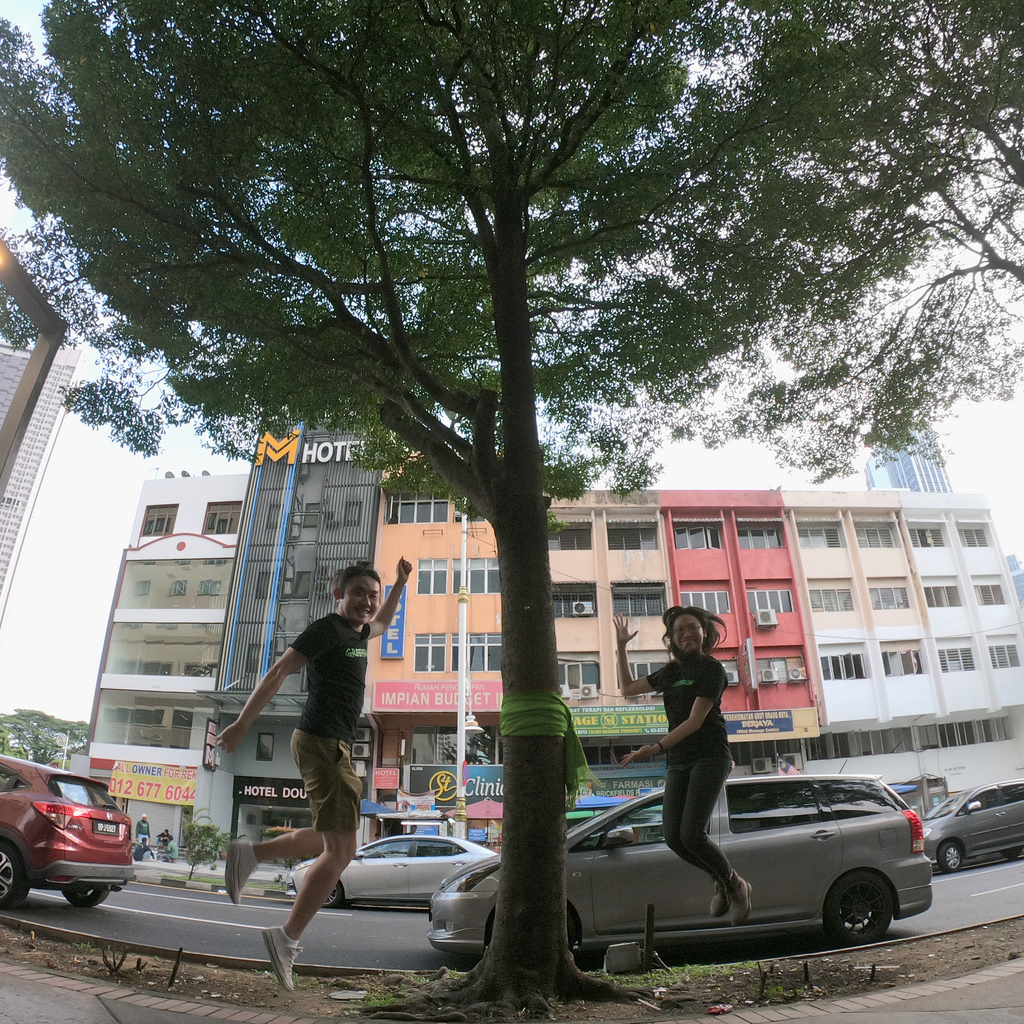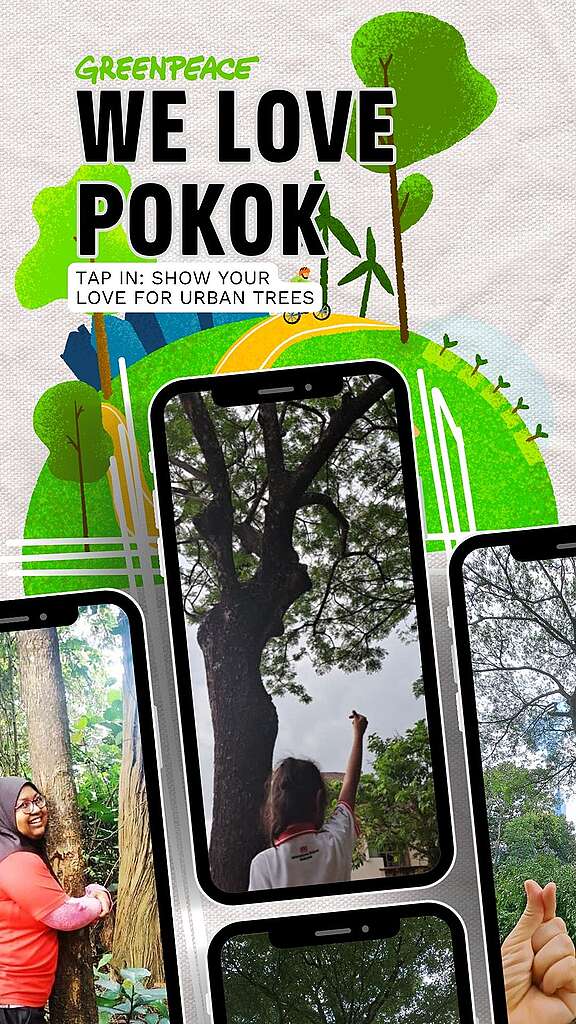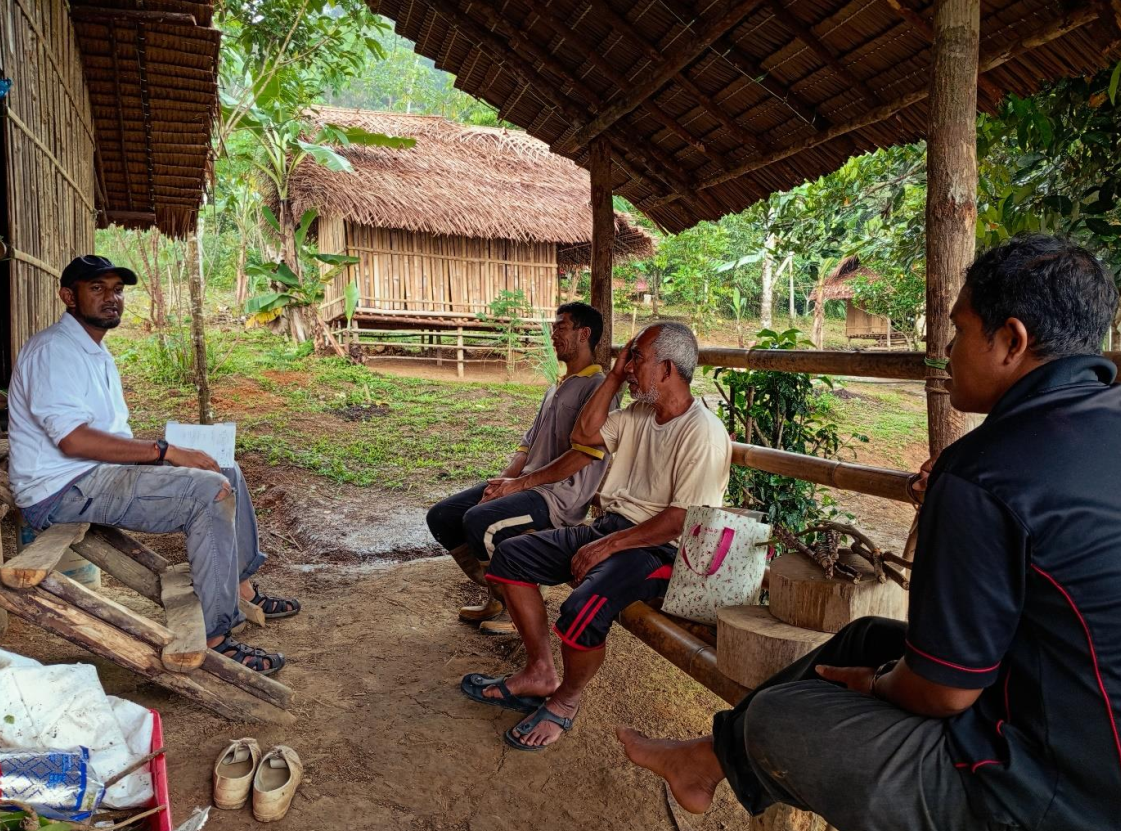Creating and maintaining accessible tree inventories
I was deeply saddened by the recent tragic incident involving a fallen tree in downtown KL that claimed lives. This unfortunate event underscores the importance of creating and maintaining an accessible tree inventory in local governments for effective urban tree management. Such measures are crucial for ensuring public safety and preventing similar tragedies in the future.
In recent decades, rapid deforestation and urbanisation have inflicted significant damage to vegetation, exacerbating the impact of climate change and leading to more frequent flash floods in urban areas. Old and historic trees, whether in forests or urban settings, play pivotal yet distinct roles, both equally important.
In forest ecosystems, the varied trees often serve as anchors, coexisting harmoniously with the natural environment and surviving for hundreds or even thousands of years. Whereas, in urban landscapes, the significance of these mighty trees hinge on how local governments define and manage them. When appropriately cared for, they offer a plethora of benefits – from casting shadows to cool pedestrians on bustling sidewalks, offering respite from the relentless glare of the sun, to serving as nature’s air conditioners, mitigating the oppressive urban heat island effect and enhancing soil permeability, thereby sustaining ecological balance.
From an aesthetic perspective, old trees also forge an emotional connection between citizens and the history of the city. Cities rooted with old trees offer a unique cultural landscape, giving residents a special sense of belonging to the area and a poignant reminder of our interconnectedness with the natural world. Nevertheless, if left unattended, they could become vulnerable to diseases and eventually wither or die, posing significant risks and potential tragedies.
These highlight the need for better tree management. In many developed countries, local governments maintain accessible tree inventories that include databases or records that contain comprehensive information about the trees within a specific area, typically managed by local governments, environmental organisations, or urban planners. These inventories provide intricate insights on individual trees, including their species, age, size, health condition, location, and maintenance history.

Accessible tree inventories should be made available to the public through online platforms or community resources, allowing citizens to learn about the trees in their neighbourhoods and to be empowered as informed citizens to enable authorities to effectively manage urban green spaces. They are valuable tools for urban tree management, aiding in tree maintenance, monitoring, and decision-making processes aimed at promoting biodiversity, mitigating environmental impacts, and enhancing the quality of urban life.
While some trees may appear healthy at a glance, their underlying roots could be harbouring significant damage. Professionals such as arborists, play a crucial role in identifying potential threats, including insect infestations, hidden decay, small animals, and parasites. These experts will also uncover signs of distress that may not be immediately visible through meticulous examination of each tree’s trunk, bark, and roots.
Additionally, arborists assess the “soil tension integrity” to determine the stability and tensile strength of the surrounding soil, providing insight into potential hazards such as soil erosion or instability.
In light of recent incidents involving tree-related accidents across the country, there is a growing call for long-term preventive and proactive measures to mitigate risks and ensure public safety. Citizens, local councillors, and elected representatives are urged to learn from these incidents and call for the compilation of comprehensive tree inventories by local governments. Such inventories can provide invaluable data for assessing and managing the health and stability of trees within urban environments, ultimately safeguarding communities from potential hazards and promoting responsible urban forestry practices.
Civil societies and tree lovers often get angry or strongly oppose when governments cut down big trees, mainly because of a lack of trust and transparency that leaves them unsure whether the trees pose safety hazards. In the face of extreme weather patterns, local governments also need more funding to detect and assess urban tree risks.
Trees rely on their roots to absorb water and nutrients from the soil, provide stability, and support the overall health and growth of the tree. So, when we see a tree with a large, expansive canopy above, it is likely that the size and coverage of the root system below is similarly extensive and widespread. Cross-departmental collaboration is crucial to ensure that construction and infrastructure projects do not compromise tree health.
Aside from encouraging our state representatives to step up, we could also do our part by nurturing a sense of wonder, ownership and responsibility of tree conservation with our children, by learning the stories of old and historic trees – some of which have roots that trace back to the early period of national independence. We could learn more about the basic characteristics of healthy tree trunks and bark and be empowered to actively observe and protect these old urban trees. By collectively valuing our urban canopy, we can all contribute to the preservation of our environment and cultural legacy for generations to come.





